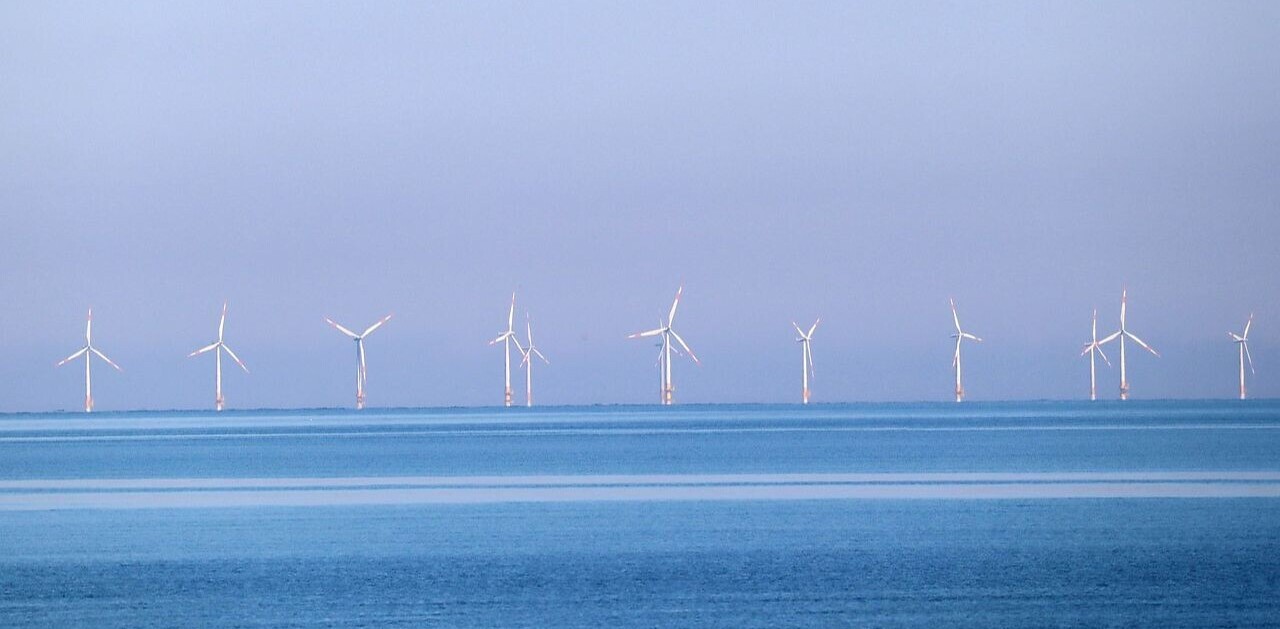
A giant tidal energy “kite” located in the waters off Vestmannsund, Faroe Islands, has delivered its first power to the grid, in a significant step forward for the budding ocean energy industry.
Dubbed the Dragon 12, the device swims against the current, which turns its rotor and generates about 1.2MW of clean electricity — enough to power a small town of around 1,000 homes.
The kite was first designed by carmaker Saab and then commercialised in 2007 by Swedish startup Minesto, which has been refining the technology ever since.
“This is a big day for Minesto,” said Dr Martin Edlund, CEO. “We have reached the most significant milestone in the history of the company by producing electricity to the grid with our megawatt scale powerplant.”
Despite offering huge potential for renewable energy generation, tidal stream technology is still in its infancy. This is partly because previous proposals have been dominated by massive barges or in-stream turbines that are incredibly expensive and challenging to test in the marine environment.
What differentiates Minesto’s technology is that it is relatively small, modular, and scalable — measuring 12 metres across and weighing 28 tonnes.
For comparison, Scottish startup Orbital Marine Power’s first grid-connected tidal turbine is a 72-metre-long and 680-tonne behemoth called the O2. Despite its size, O2 puts out a modest 2MW of clean electricity.
The efficiency of Minesto’s design is thanks to the way it glides in the ocean currents. Similarly to how a kite travels through the air, the tidal turbine moves in a figure-of-eight motion through the water several times faster than the actual speed of the flowing water. means it can generate a lot of electricity but still remain relatively small and lightweight.
Going forward, Minesto, along with local energy utility SEV, aims to build 120MW of tidal-kite capacity in the Faroe Islands. This array, which would be made up of around 100 individual kites, could supply 40% of the archipelago’s electricity consumption.
With more than €40mn of funding from the European Regional Development Fund, Minesto claims to be the EU’s largest investment in marine energy to date.
Get the TNW newsletter
Get the most important tech news in your inbox each week.





